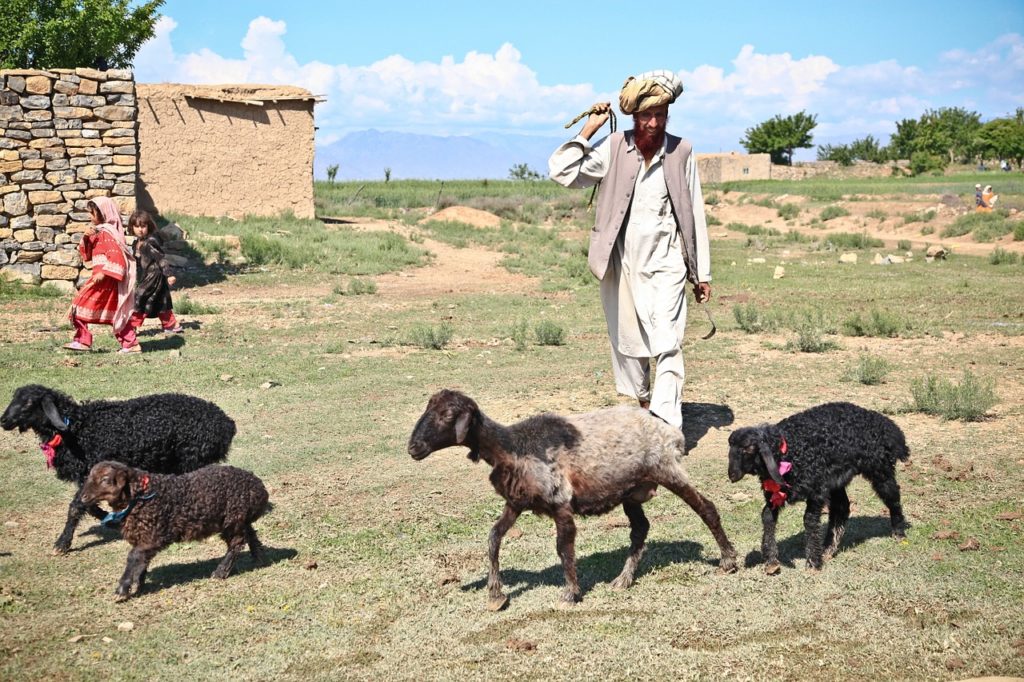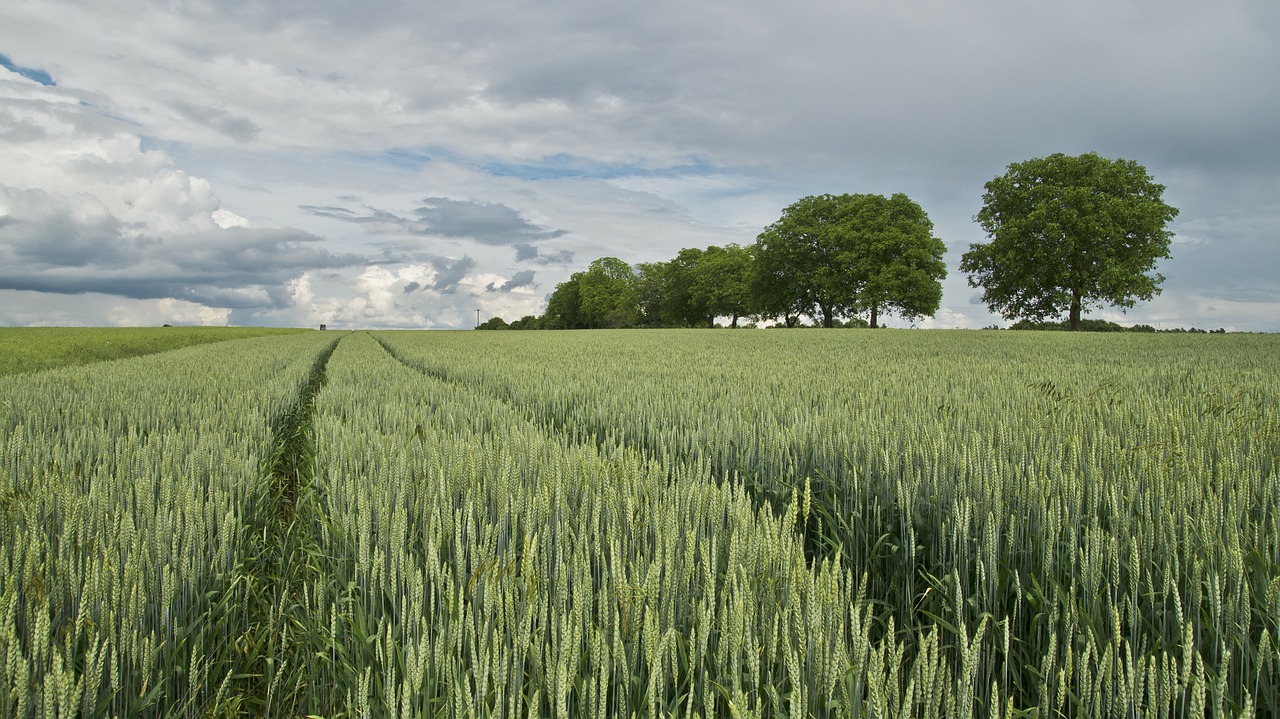In the 1970s, a series of food crises focused global attention and concern on the rapidly growing problems of food insecurity and famine. In response to these challenges, the first World Food Conference was held in 1974. One of the major outcomes of the conference was the establishment of the International Fund for Agricultural Development (IFAD), a specialized United Nations agency, in 1977. Since that time, IFAD has been deeply involved in financing agricultural and food production development projects worldwide, with the goal of ultimately eradicating rural poverty in developing countries.
Although Afghanistan was one of the first countries to join IFAD, development programs that were originally approved for the country in 1979 were not able to be implemented for many years due to conflict and instability in the region. Recently, however, IFAD has been able to support a number of both small- and large-scale efforts to reduce poverty and boost agricultural development in Afghanistan.
Community Livestock and Agriculture Project
Launched in selected districts of three Afghan provinces—Kabul, Parwan, and Logar—the goal of this project was to help close to 170,000 rural households increase their agricultural and livestock productivity, and consequently improve their food security. Targeting small-scale farmers and livestock-keepers, the project aimed to provide support to some of Afghanistan’s most vulnerable populations, including landless households and resettled and nomadic Kuchi people.
Three mutually reinforcing components formed the basis of this project. The first element was community development, focusing on improving infrastructure and helping local organizations and institutions build internal capacity. The second element was livestock and agriculture development, with a strong emphasis on providing marginalized communities and families with critical skills and knowledge to make the most of their assets. This element also aimed to strengthen weak areas of the value chain and reinforce smallholders’ market connections. Finally, project management and policy support made up the third project element, notably in the form of a young professionals program designed to attract and motivate qualified young staff to support the project.
Rural Microfinance and Livestock Support Program
Launched in Afghanistan’s relatively secure and stable northern region in 2009, the Rural Microfinance and Livestock Support program aimed to improve the livelihoods of smallholders and livestock owners living in poverty. Working in partnership with the government of Afghanistan and the Microfinance Investment Support Facility for Afghanistan (MISFA), IFAD initiated this program to address the dual objectives of meeting demand for rural finance and improving the livestock sector.

On the finance side, the program aimed to help consolidate recent gains made by the microfinance sector and to connect hundreds of thousands of Afghans with their first opportunity to access credit. Through specific measures like the development of a broader range of financial products and services designed to meet the unique needs of smallholders, or the reduction of lending costs in order to combat high interest rates, the program worked to ensure that even the poorest rural people could have access to microfinance services. Some of the program’s particular innovations included creating public-private partnership models for the delivery of livestock extension and veterinary services, and implementing measures to ensure that even landless people, such as the nomadic Kuchis, could access dairy development initiatives.
The livestock improvement side of the program sought to address the sharp decrease in the number of livestock that had resulted from drought and disrupted grazing routes. With small poultry flocks on the brink of disappearance, poor families having lost their few cattle, and conflicts arising over users’ rights and overgrazed rangeland, the agro-livestock owners and nomadic and semi-nomadic people that relied on the livestock sector as their major source of cash income were at risk of losing their livelihoods altogether. The IFAD program aimed to boost the livestock sector and generate greater income for poor rural households by supporting a number of initiatives, including small-scale dairy activities like milk and fodder production; better livestock nutrition and health services in northern Afghanistan; and activities focused on backyard poultry raising and dairy goat raising.
Other Partnerships and Opportunities
As a relative newcomer to Afghanistan’s development landscape, IFAD is working to establish critical dialogue and alliances with many other organizations on the ground, including government agencies, international donors, research institutions, and NGOs.
In particular, IFAD is aiming to enhance its presence and the scope of its activities in Afghanistan by forming country-level collaborations with the World Bank, the UN Food and Agriculture Organization, and the World Food Programme. IFAD also liaises with the Asian Development Bank to examine opportunities for co-financing and parallel financing arrangements, and connects with bilateral donors to learn from and build on their experiences of working in Afghanistan. Other organizations that have been instrumental in helping IFAD launch its projects include the Aga Khan Foundation, the Agency Coordinating Body for Afghan Relief, and Bangladesh Rural Advancement Committee (BRAC).

